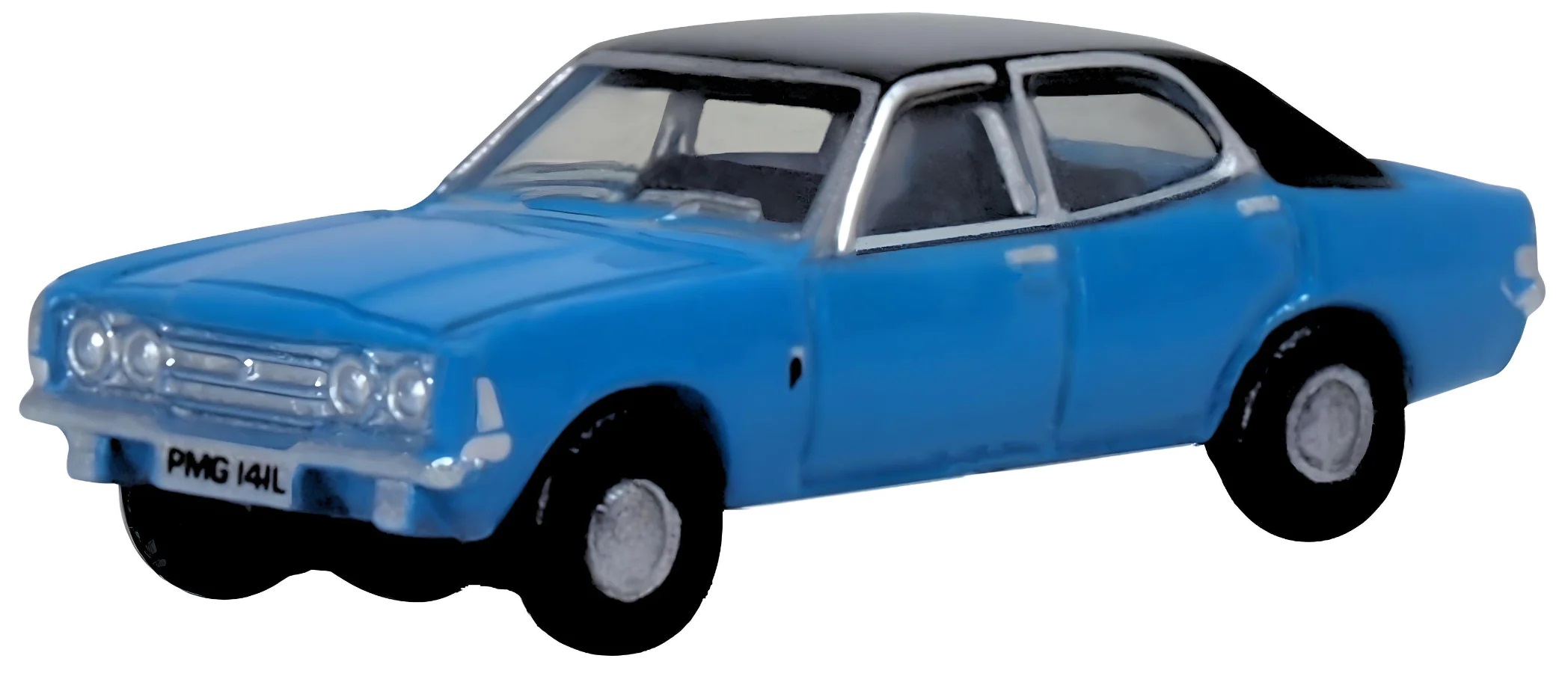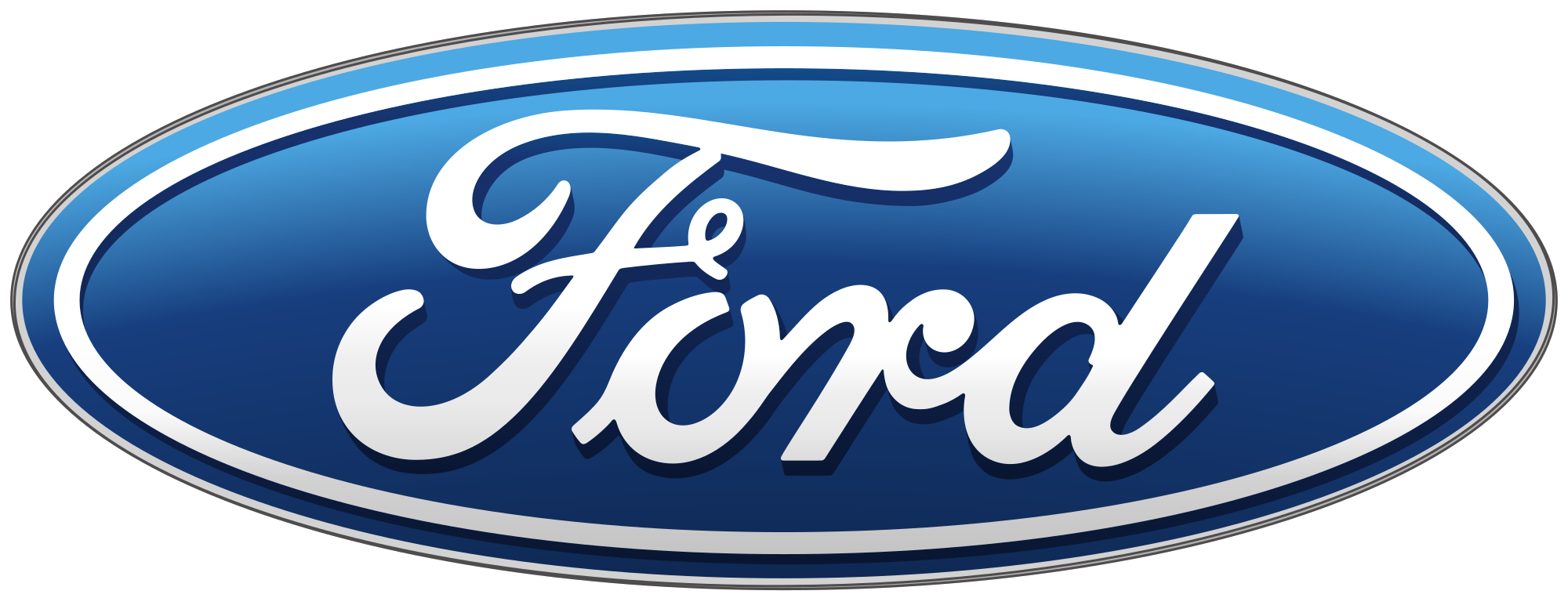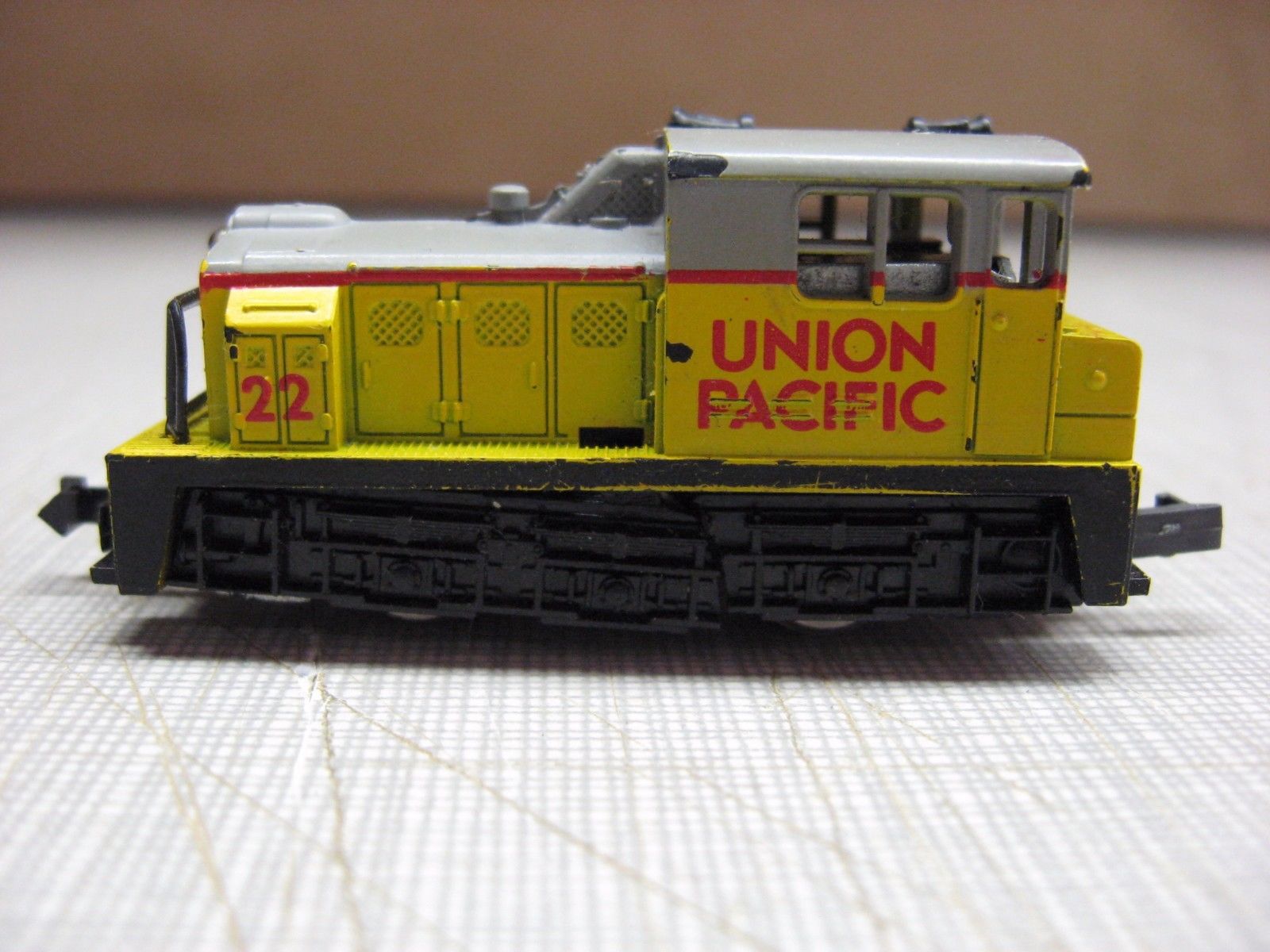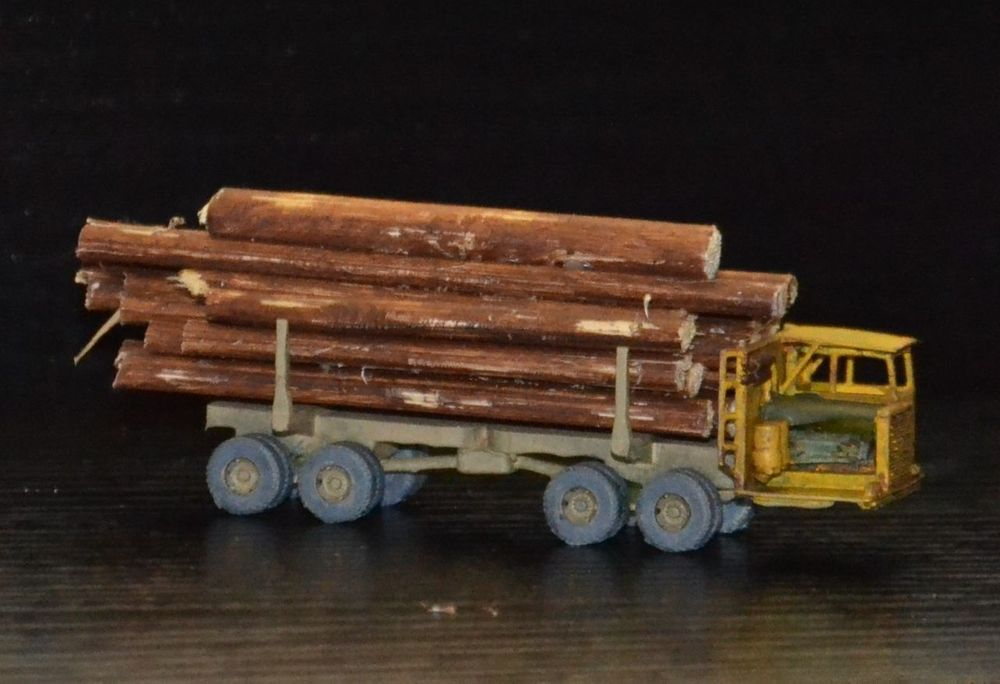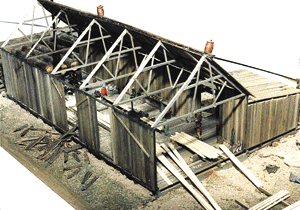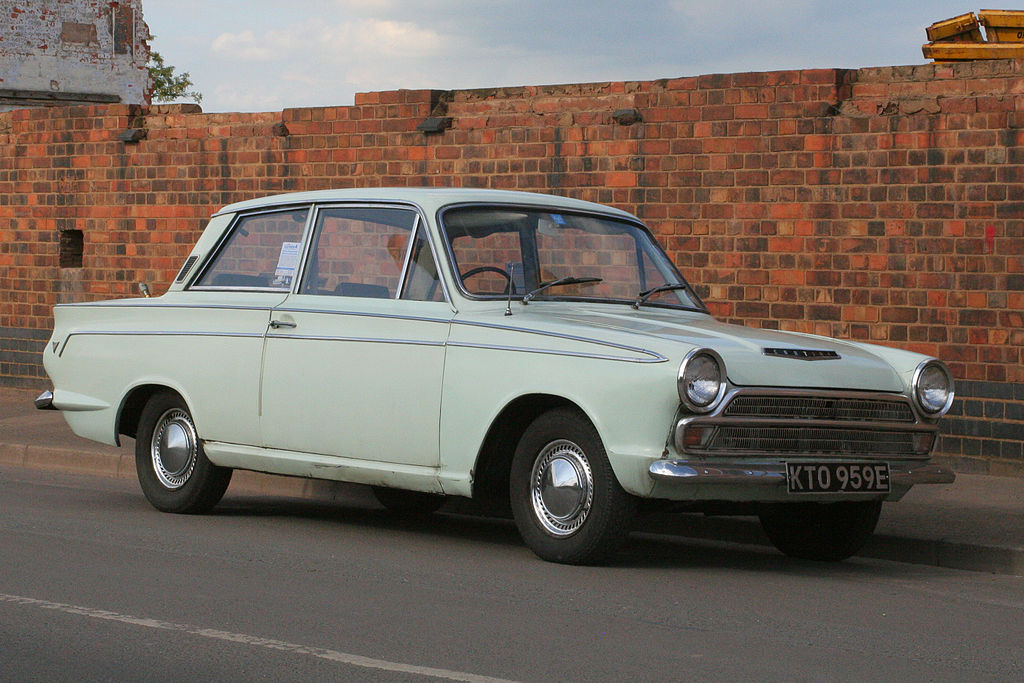Specific Item Information: The Cortina was introduced in 1962 and changed the face of British motoring. It was a risk Ford took and one which paid off. In 1963 the Cortina became the market leader, a trend it kept up for the next two decades. Introduced in 1970, the Mk3 couldn't have been more different from its predecessors. Technically it was almost all new, the car had a 3.5" longer wheelbase than the Mk2 giving a larger cabin, but was the same overall length, it was 2" wider and 4" lower giving it a bigger look. With styling influences from Detroit, the Cortina had a "cokebottle" look to them similar to the American Pinto and LTD models. The car was a bold step for Ford, swapping from the usual suspension setup of other models for a wishbone front suspension and coil springs with trailing and semi-trailing arms. The facelift in 1973 saw the GLX model dropped in place of the very plush 2000E, this was the flagship of the Cortina range. The new facelift models got twin rectangular "halogen" headlamps as well as the new dash. The Cortina in all its forms lasted 20 years and made Ford a lot of money, a car that brings back memories for lots of people in so many different ways.
Model Information: Factory painted and assembled, the Oxford Diecast line of metal vehicle models are 1:148 (British) N-Scale.
Prototype History: The Ford Cortina is a car that was built by Ford of Britain in various guises from 1962 to 1982, and was the United Kingdom's best-selling car of the 1970s.
The Cortina was produced in five generations (Mark I through to Mark V, although officially the last one was only the Cortina 80 facelift of the Mk IV) from 1962 until 1982. From 1970 onward, it was almost identical to the German-market Ford Taunus (being built on the same platform) which was originally a different car model. This was part of a Ford attempt to unify its European operations. By 1976, when the revised Taunus was launched, the Cortina was identical. The new Taunus/Cortina used the doors and some panels from the 1970 Taunus. It was replaced in 1982 by the Ford Sierra. In Asia and Australasia, it was replaced by the Mazda 626–based Ford Telstar, though Ford New Zealand did import British-made CKD kits of the Ford Sierra estate for local assembly from 1984.
The name was inspired by the name of the Italian ski resort Cortina d'Ampezzo, site of the 1956 Winter Olympics. As a publicity stunt, several Cortinas were driven down the Cortina olympic bobsled run at the resort which was called Cortina Auto-Bobbing.
The Cortina was produced in five generations (Mark I through to Mark V, although officially the last one was only the Cortina 80 facelift of the Mk IV) from 1962 until 1982. From 1970 onward, it was almost identical to the German-market Ford Taunus (being built on the same platform) which was originally a different car model. This was part of a Ford attempt to unify its European operations. By 1976, when the revised Taunus was launched, the Cortina was identical. The new Taunus/Cortina used the doors and some panels from the 1970 Taunus. It was replaced in 1982 by the Ford Sierra. In Asia and Australasia, it was replaced by the Mazda 626–based Ford Telstar, though Ford New Zealand did import British-made CKD kits of the Ford Sierra estate for local assembly from 1984.
The name was inspired by the name of the Italian ski resort Cortina d'Ampezzo, site of the 1956 Winter Olympics. As a publicity stunt, several Cortinas were driven down the Cortina olympic bobsled run at the resort which was called Cortina Auto-Bobbing.
Road Name History: 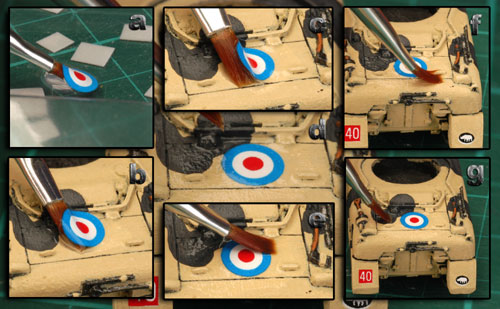 Some items are designed to have their owner add whatever company marking they choose, usually in the form of decals or dry-transfers. These items are painted in a generic prototypical fashion but with all company affiliation deliberately left off.
Some items are designed to have their owner add whatever company marking they choose, usually in the form of decals or dry-transfers. These items are painted in a generic prototypical fashion but with all company affiliation deliberately left off.

Manufacturer Information: Established in 1993, Oxford Diecast is a British Company that specializes in high-quality die-cast metal vehicles. Produced in various scales, the firm's models are marketed as collector items, gifts, and promotional products. Their largest production goes to OO scale (1:76) and in 2015 they introduced railway products under 'Oxford Rail' brand.
Their N-scale collection is using the 1:148 scale ratio as most British manufacturers.
Their N-scale collection is using the 1:148 scale ratio as most British manufacturers.
Item created by: CNW400 on 2021-12-05 13:32:11. Last edited by CNW400 on 2023-09-12 16:01:55
If you see errors or missing data in this entry, please feel free to log in and edit it. Anyone with a Gmail account can log in instantly.
If you see errors or missing data in this entry, please feel free to log in and edit it. Anyone with a Gmail account can log in instantly.


